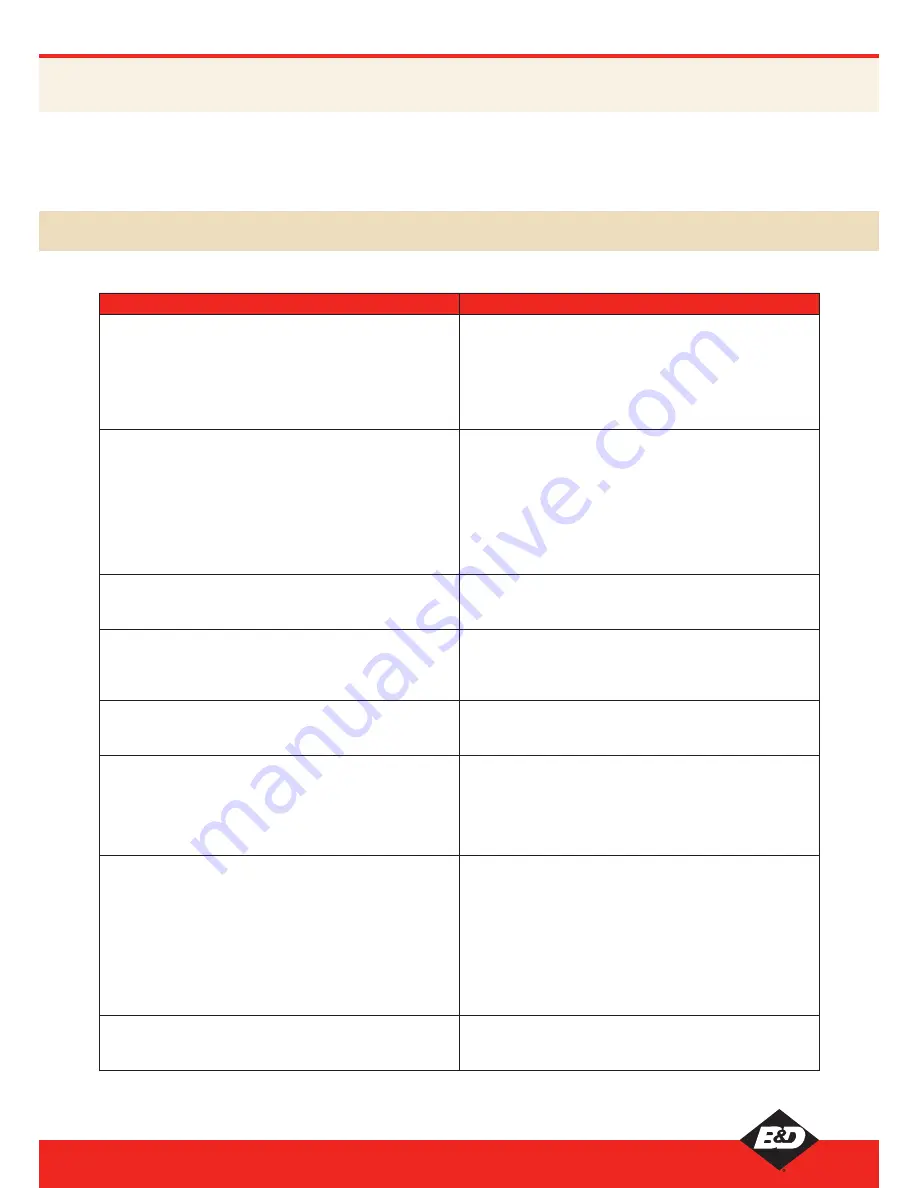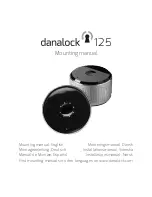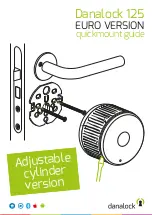
Revision 2 December 2013
1.0 BEFORE YOU START
Your new B&D Roll-A-Door
®
has been designed to provide security, attractive appearance and smooth, low effort operation.
Your door will not provide optimum performance unless it is installed correctly. For satisfactory door operation please follow the
instructions carefully.
NOTE:
No guarantee will be given or responsibility accepted by the manufacturers if the door is not installed as instructed.
Hazard
Control
• Housekeeping -
risk of slip trip or fall
• Housekeeping -
risk of injury to other people
or animals in
the installers work area
• Tidy up site prior to start work as a minimum area should be
at least the area of the installation back into the garage and
2 metres in front
• If the Site housekeeping is deemed to be unsafe do not
install the door
• Keep all people well clear of installers work area with
appropriate signage and discussion with owner
• Manual handling when moving the door from the Trailer or
Ute to the installation area -
risk of musculoskeletal injury
• Manual handling when installing Doors & Openers
particularly above head height -
risk of musculoskeletal
injury or twisting
• Manual handling when installing tracks and torsion bars -
risk of musculoskeletal injury
• Manual Handling when installing the door opener -
risk of
musculoskeletal injury or twisting
• Correct lifting technique for Roller Door
• Use of 2 person lifts
• Use of mechanical aids such as lifting stands,
forklift, cranes
• Avoid twisting (Practice correct lifting techniques)
• Correct use of ladders while installing tracks
• Use of correct technique of knotted rope installation aids
• Working at heights and working with ladders, scissor lifts,
scaffold -
risk of fall from height
• Ladder check
• Ladder placement
• Do not work off the top rung
• Sharp edges on Door, tracks or related jewellery -
risk of
laceration
• Wear appropriate PPE (Dyneema cut off Gloves)
• Follow instruction explicitly particularly for the installation
of some parts of the doors as the unrolled cut out edges
presents a very sharp edge
• Pinch points -
risk of cut, puncture or crush injury
• Wear appropriate PPE and keep hands well clear of pinch
points
• Ensure hands well clear of the panels
• Use of hand tools -
risk of eye injury, laceration cut stab or
puncture injuries (Tools checklist)
• Use of Electric/ Battery or pneumatic tools -
noise hazard
• Use of cutting tools creating sparks -
risk of fire
• Wear appropriate PPE and utilise operators manual
• Use appropriate noise/hearing protection in the form of ear
plugs or ear muffs
• Ensure appropriate fire protection available and
housekeeping to ensure that flammable liquids or materials
are removed from the area of work
• Tension spring -
risk of release of stored energy (various
door parts, tools, jewellery striking installer on the head or
body)
• Ensure door is correctly secured
• Ensure that pipe wrench is fitted correctly to the axle and if
it is gripped onto the axle do not underestimate the tension
in the spring when undoing the clamps
• Ensure the correct length pipe wrench is utilised
• Ensure correct bolts are tightened or loosened to ensure
there is no release or controlled release of energy from the
spring through the pipe wrench
• Keep hands clear of the pipe wrench at all times
• Keep head clear of the pipe wrench at all times
• Position the door on the brackets, there is a risk of the
door
falling from the brackets
striking a person
• Ensure the door is immediately fastened to the bracket with
the “U” Bolt
• Ensure no-one ever walks under a door sitting on a bracket
The following hazards and hazard controls have been identified for installers during the installation of this door.
1.1 SAFETY CHECKLIST
3
Series 1 Windrated Installation Instructions



































